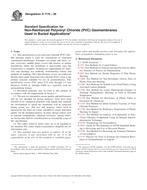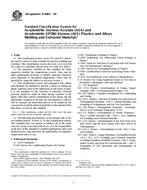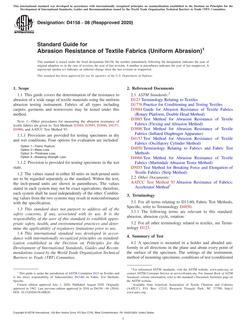1.1 These test methods describe the evaluation of the total sulfation activity in the atmosphere. Because of its oxidizing power, lead dioxide (PbO2) converts not only sulfur dioxide (SO2), but other compounds, such as mercaptans and hydrogen sulfide, into sulfate. It fixes sulfur trioxide and sulfuric acid mist present in the atmosphere (see Note 1).
1.2 Test Method A describes the use of a PbO2 candle, and Test Method B describes that of a PbO2 sulfation plate.
1.3 These test methods provide a weighted average effective SO2 level for a 30-day interval.
1.4 The results of these test methods correlate approximately with volumetric SO2 concentrations, although the presence of dew or condensed moisture tends to enhance the capture of SO2 onto the candle or plate.
1.5 The values stated in SI units shall be regarded as the standard. The values given in brackets are for information only and may be approximate.
Note 1 – It has been shown that the rate constant of the chemical reaction between SO2 and PbO2 is independent of the concentration of SO2 up to levels of 1000 ppm(v), if 15 % or less of the PbO2 has been reduced (1). 15 % of the PbO2 is equivalent to 11 to 12 mg of SO2/cm² per day.
1.6 This standard does not purport to address all of the safety concerns, if any, associated with its use. It is the responsibility of the user of this standard to establish appropriate safety and health practices and determine the applicability of regulatory limitations prior to use. For specific precautionary statements, see Section 8.
Product Details
- Published:
- 10/01/2010
- Number of Pages:
- 6
- File Size:
- 1 file , 120 KB


